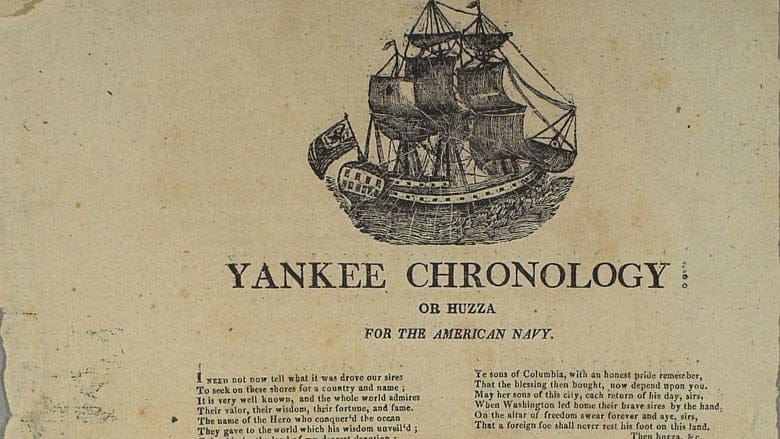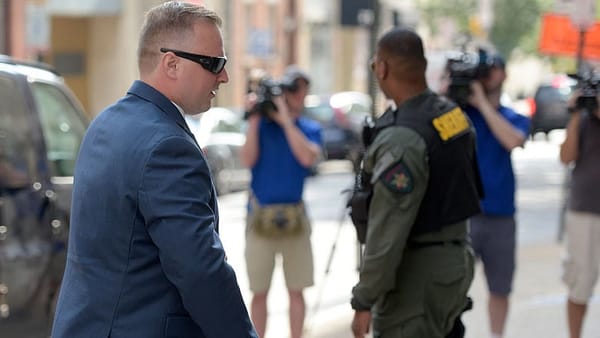American Antiquarian Society: A democratic view of history

When Revolutionary patriot Isaiah Thomas (1749-1831) founded the American Antiquarian Society in 1812, he wanted to ensure it reflected the democratic ideals of the new country. Although he was a prosperous publisher, Thomas grew up in poverty after his father abandoned the family. His journey from an indentured, 7-year-old printer's apprentice to an enterprising businessman gave him insight into the common man's experience and the driving forces that propel societal change. Later, as a print historian Thomas recognized that future generations would learn more about history by studying the lives of ordinary people, rather than by simply reading books about great leaders. It was a concept well ahead of its time, and became widely adopted by historians in the latter part of the 20th century. The everyday ephemera Thomas collected, such as newspapers, pamphlets, sheet music, maps, graphic arts and other quotidian objects, formed the nucleus of what is now the largest repository of early American historical materials in the world.
Nestled in a quiet corner of Worcester, Mass., the American Antiquarian Society is a national research library and learned society. It collects and preserves printed texts and artifacts that date between 1640 and 1876. Most items are stored in well-maintained archives that are accessible to researchers from around the world. The AAS also hosts public lectures, concerts and workshops throughout the year.

